The 16 Most Popular Traditional Sweden Dishes
In addition to its fascinating history and breathtaking scenery, Sweden is well known for its delicious food. The food options in the nation are a tasteful fusion of traditional and modern tastes. So take a journey with us through the 16 most popular Sweden traditional dishes.
Sweden traditional cuisine has made a name for itself on the international culinary arena, offering everything from filling main meals to delectable sweets. Together, we will taste our way through the essence of Swedish dishes.
Sweden’s traditional food has strong ties to the country’s geography, history, and climate. Hearty and preservative-focused cuisine has formed by the long, cold winters and short, mild summers.
Salty Dishes
Sweden’s delicious traditional cuisine is a reflection of its abundant land and long coastline. This is a closer look:
1. Köttbullar
These meatballs, sometimes referred to as the “ultimate Swedish dish,” are more than just a meal, this Sweden traditional dish is a symbol of the country. They have long been a mainstay in Swedish homes, traditionally eaten with creamy mashed potatoes, pickled cucumber, and lingonberry jam. IKEA helped them become famous throughout the world, but the homemade version is still the best. Swedish Interesting fact: The average Swedish citizen eats 1,825 meatballs annually!
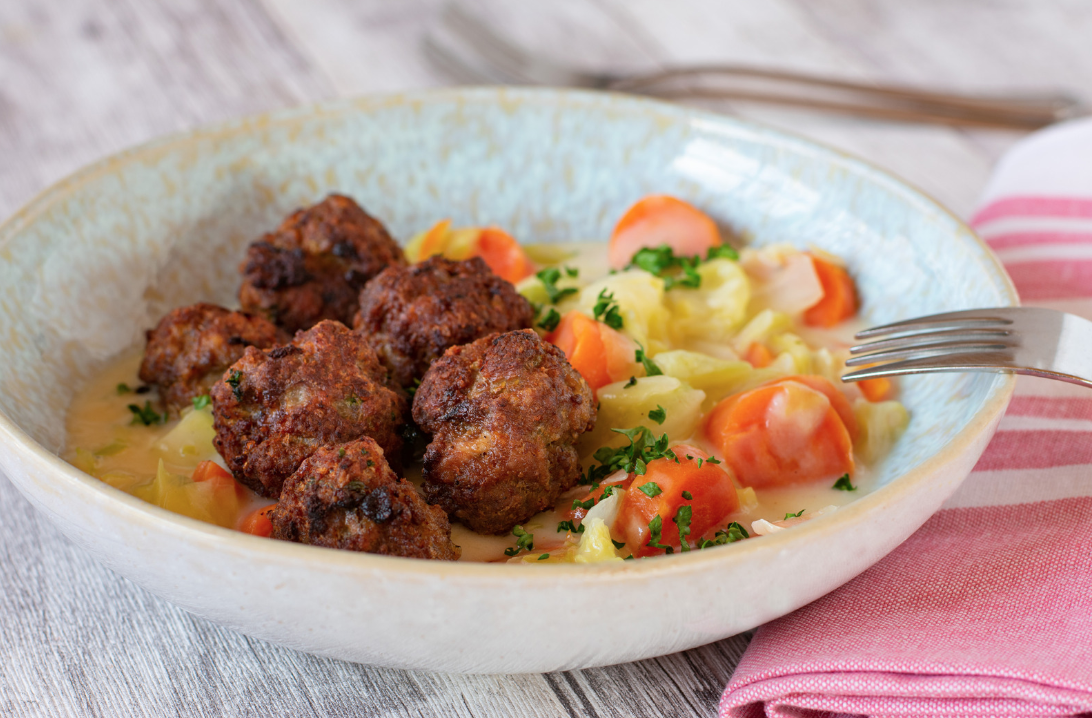
Köttbullar Swedish meatballs
2. Gravad Lax
Salmon cured with sugar and dill, known as Gravad lax, typically has a side of sweet mustard sauce. This is a Sweden traditional dish you need to try. The fishermen of the Middle Ages may have created this meal by salting their catch and burying it in the sand for a mild fermentation.
Over time, Gravad Lax’s preparation has changed. This delicious dish consists of curing raw salmon with sugar, salt, and dill, along with other herbs and spices as needed. Modern recipes usually call for refrigeration during the curing process, in contrast to the traditional practice of burying the salmon to allow it to fester.
The outcome is a fish that is tasty, soft, and has a subtle mix of sweetness and herbal overtones. Still a favorite treat, Gravad lax combines classic flavors with modern cooking methods.
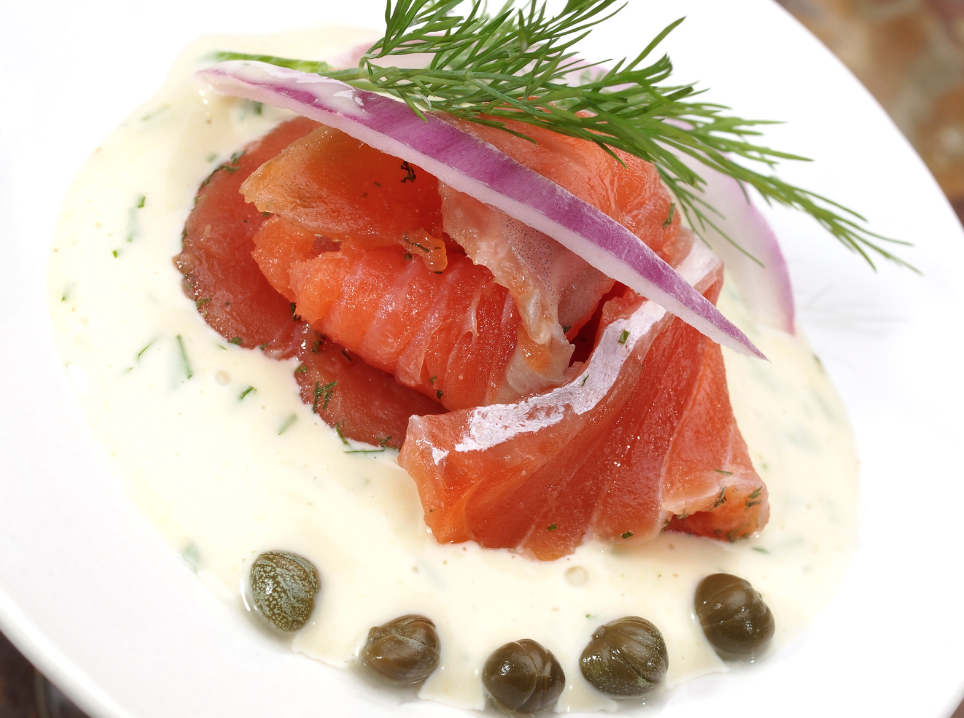
Gravad lax
3. Pytt i Panna
Meaning “small pieces in a pan,” this filling hash of beef, potatoes, and onions is a popular comfort dish. It is a delicious way to use up leftovers and frequently goes with a fried egg on top.
This traditional Swedish dish is a wonderful example of inventiveness and simplicity. Usually, people mix leftover meat-beef or pork with chopped potatoes, onions, and occasionally veggies, carrots or peas. All of these ingredients are combined and pan-fried until brown and crispy. Pytt i panna is seasoned with salt and pepper and frequently served with a fried egg on top to give the meal a rich, creamy touch.
For years, Swedish people have loved this comfort cuisine, which is a great way to use leftovers to make a filling and substantial dinner.
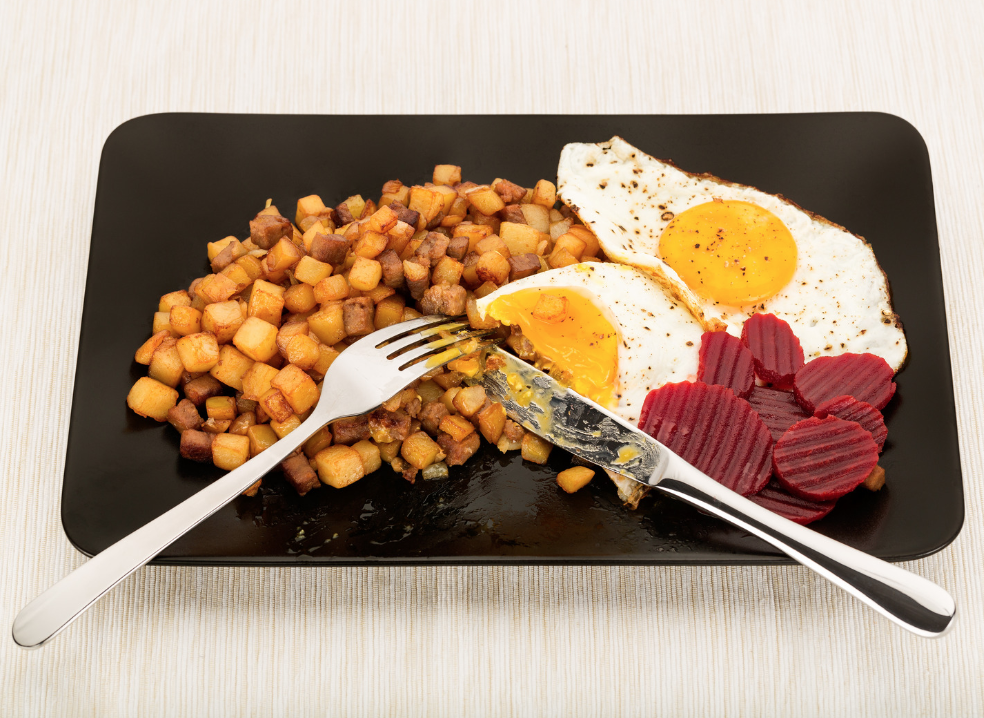
Pytt i Panna dinner
4. Knäckebröd
This crunchy bread was a mainstay of the Vikings and dates back over 500 years. It is increasingly a common ingredient in Sweden traditional cuisine as well. In Sweden, Knäckebröd has a long history because it was a reliable and practical food source in the past. Due to its longevity, it was an essential component of their food during lengthy journeys.
Typically, ingredients for this flat, dry bread are whole grain rye flour, water, and salt. Its thin, crispy texture, achieved by baking it until crisp, makes it ideal for spreading with cheese, butter, or other toppings.
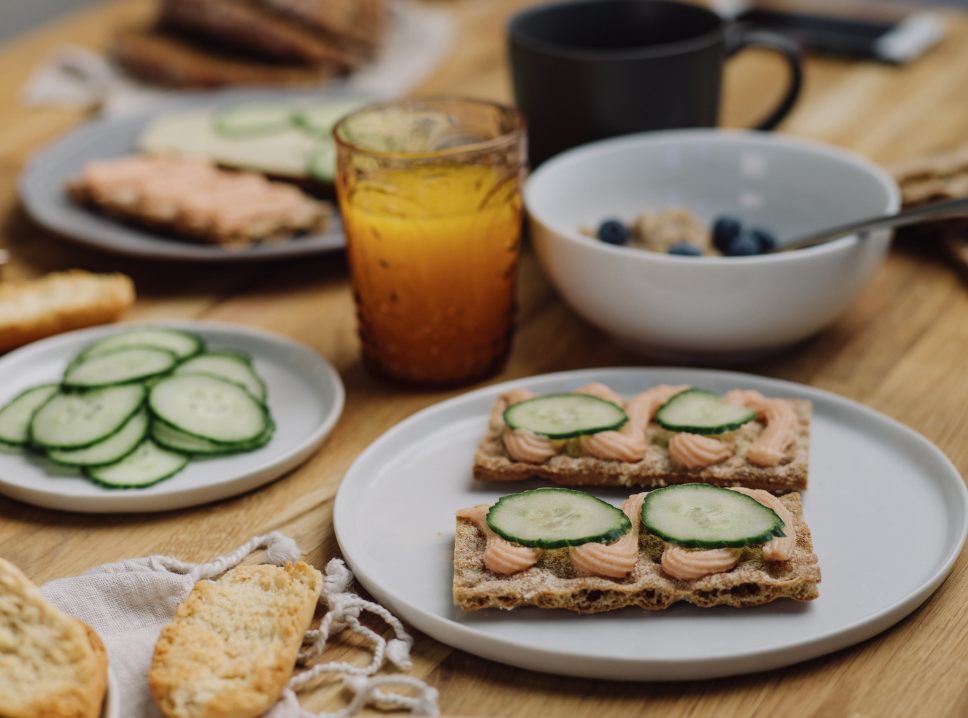
Typical Swedish breakfast with Knäckebröd
5. Kroppkakor
These classic potato dumplings from southern Sweden have bacon or pork stuffings. They are typically boiled and eaten with butter or lingonberry sauce, which is a tribute to Sweden’s love of potatoes.
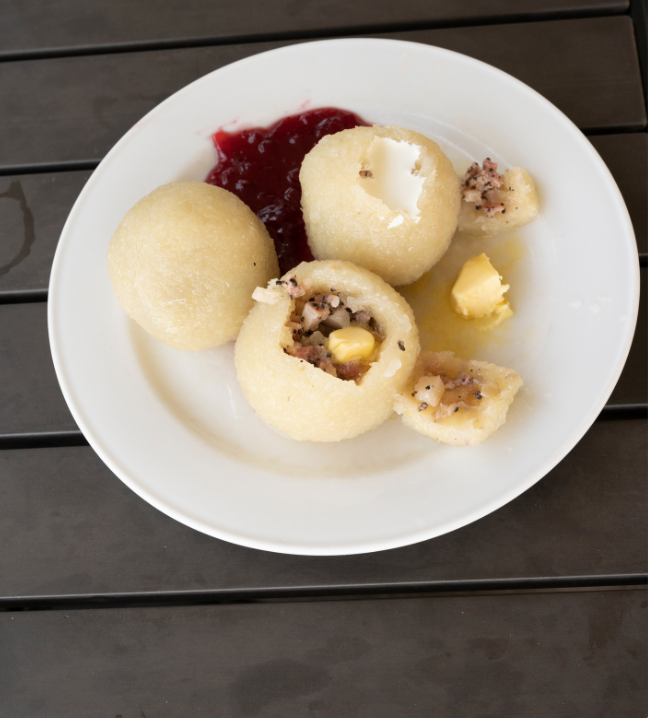
Swedish Kroppkakor
6. Sill
A main food for Swedish holidays including Midsummer, Christmas, and Easter is pickled herring. This is a Sweden traditional dish. It’s a reflection of the length of Sweden’s coastline and the significance of fish to Swedish cuisine.
Pickled in a variety of aromatic brines, herring takes on a range of flavors, from savory to sweet. People often eat sill with boiled potatoes, bread, and an assortment of toppings.
7. Blodpudding
This meal, black pudding made with flour and pig’s blood, exemplifies Sweden’s zero-waste lifestyle. It’s frequently combined with additional ingredients and spices, then cooked until it takes on the consistency of thick sausage. Before serving, it is sliced and deep-fried. It typically goes with lingonberry jam and offers a distinct flavor.
8. Raggmunk
Potato pancakes, or raggmunks, are a common meal in Sweden that consists of grated potatoes, flour, milk, and eggs. The combination is frequently served with lingonberry sauce, bacon, or pork after being fried till crispy. crunchy fried pancakes made with potatoes. A wintertime favorite, they are.
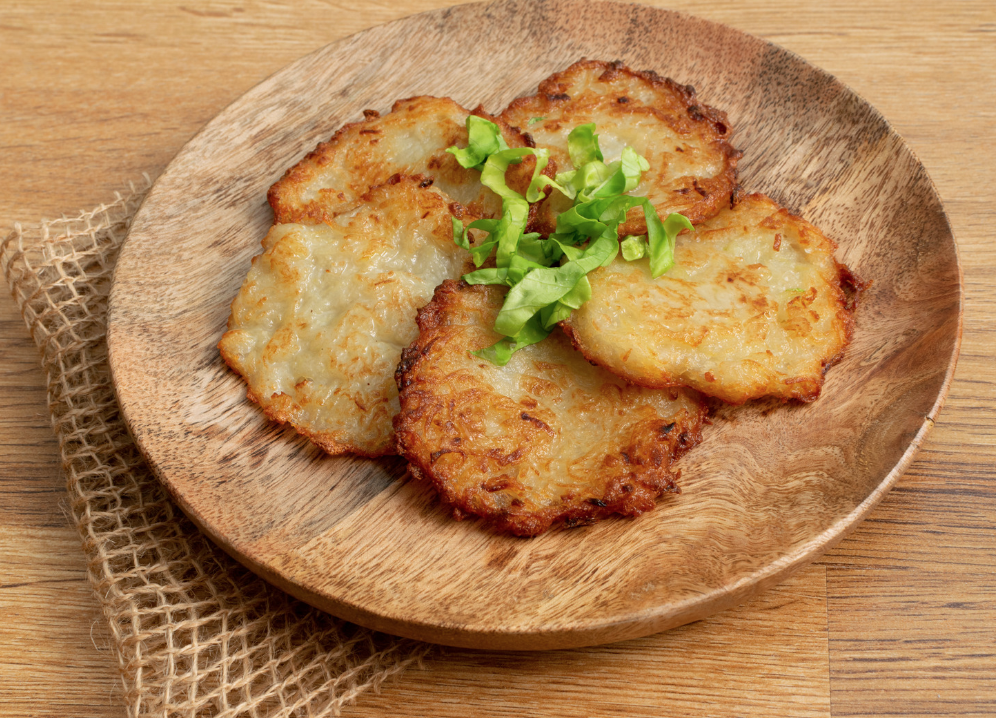
Raggmunk “pancake”
>>> See more: 10 Best things to do in Sweden
Sweden traditional Desserts
Swedish desserts, which frequently include berries, cream, and pastries, are a delicious combination of flavors.
1. Kanelbullar
The popular snack known as “kanelbullar,” or Swedish cinnamon buns, is a symbol of Swedish baking. They do certainly constitute a mainstay of Sweden traditional cuisine. The comforting aromas of cardamom and cinnamon permeate these delicate, fluffy pastries, providing a delicious mix of flavors.
Kolbröld, typically savored alongside a steaming mug of coffee or tea, is a staple of Swedish fikas, social gatherings and moments of relaxation. These delicious buns are a wonderful tribute to Swedish baking traditions; they come in a variety of forms and sizes and embrace you warm and sweet.
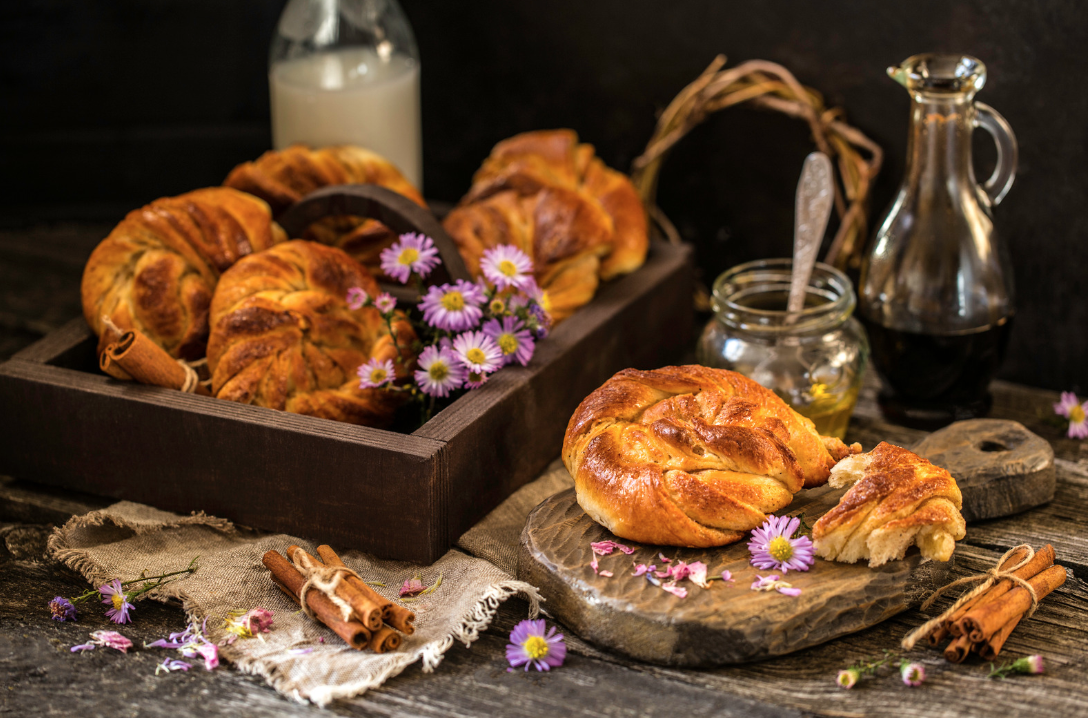
Kanelbullar Swedish buns
2. Semla
A delicious delicacy from Sweden traditional cuisine called semla embodies the spirit of cozy Nordic wintertime. These buns, loaded with almonds and traditionally savored on Shrove Tuesday, are a wonderful treat. Sliced open, the tender bun is stuffed with almond paste and whipped cream after being subtly seasoned with cardamom. Sprinkled with powdered sugar, Semla serves as a delightful memento of Swedish cuisine.
During the chilly months, this treat provides a taste of warmth and tradition, whether it is consumed with hot tea or coffee.
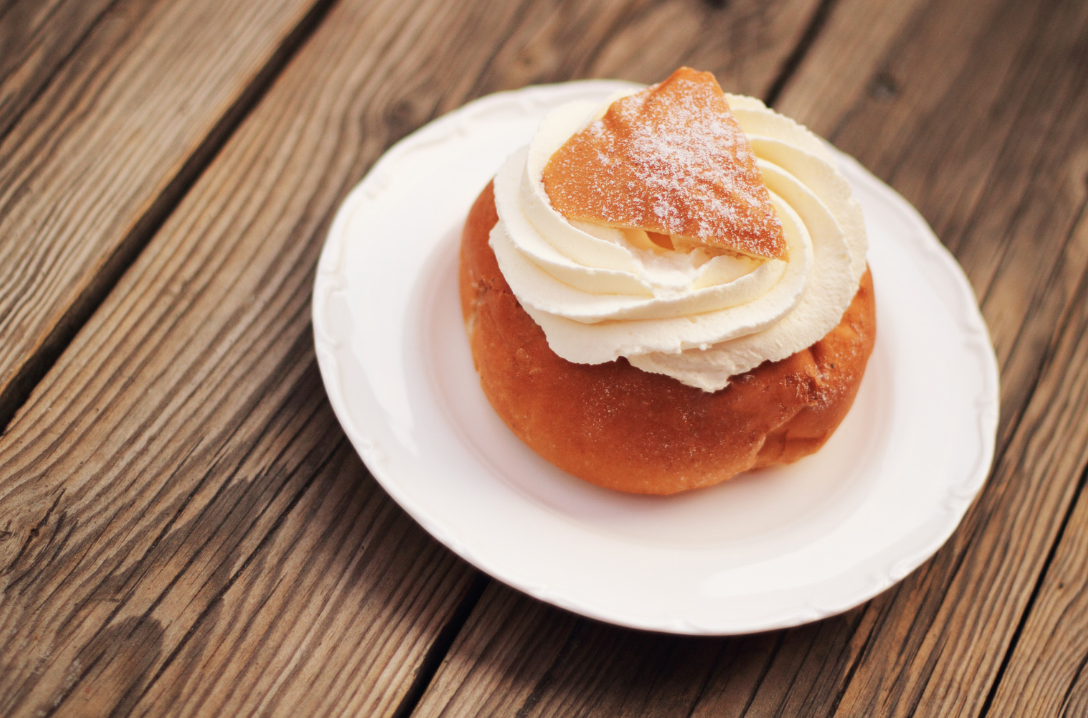
Semla
3. Prinsesstårta
A royal confection from Sweden, Prinsesstårta, or Princess Cake, enthralls with its taste and grace. This beloved dessert is composed of layers of fluffy sponge cake, smooth pastry cream, and a substantial amount of raspberry jam, all of which are covered in a fluffy layer of whipped cream.
The distinctive green marzipan topping, which is frequently garnished with a delicate sugar rose, is the finishing touch. Every bite of Prinsesstårta, a beloved treat consumed on special occasions, captures the taste of celebration. In September, it even has a special week all to itself
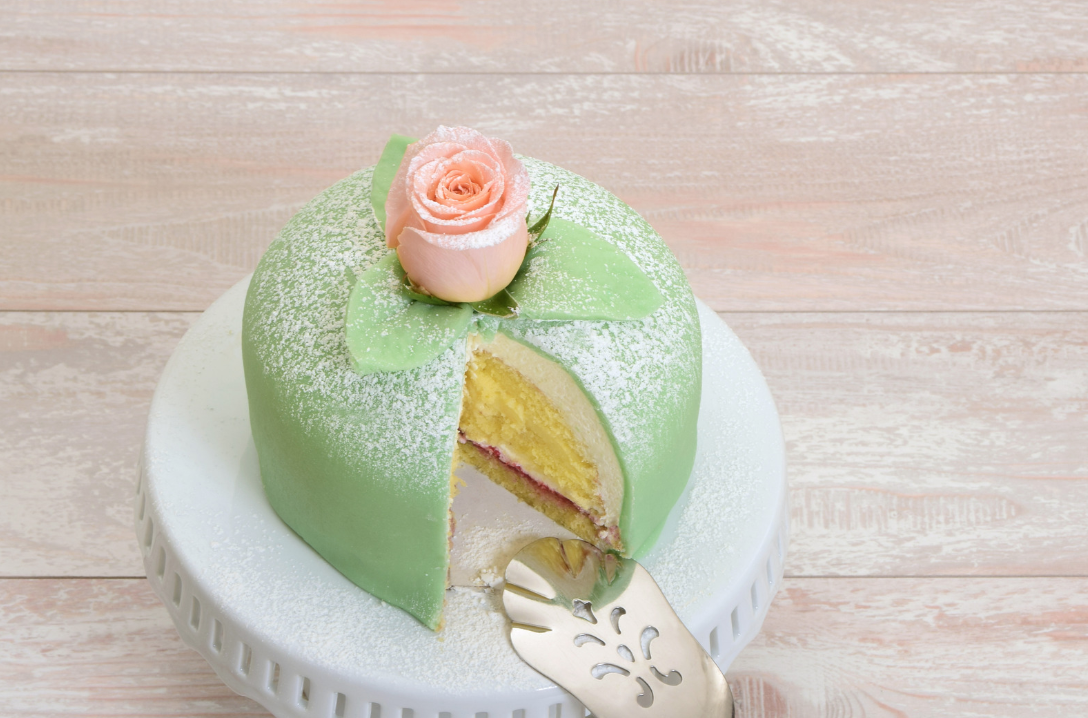
Prinsesstårta – Swedish princess cake
4. Pepparkakor
During the holidays, Swedish gingerbread sweets called pepparkakor fill homes with a comforting, cozy scent. These thin, crispy treats have a pleasing flavor combination because of the subtle addition of cloves, ginger, and cinnamon.
A mainstay of Swedish Christmas festivities, they typically come in elaborate shapes. Pepparkakor is more than simply a delicacy; it’s a cultural icon that unites friends and family in decorating and consuming these cherished sweets. The delight of Pepparkakor encapsulates the essence of Swedish holiday customs brilliantly as winter descends upon the nation.
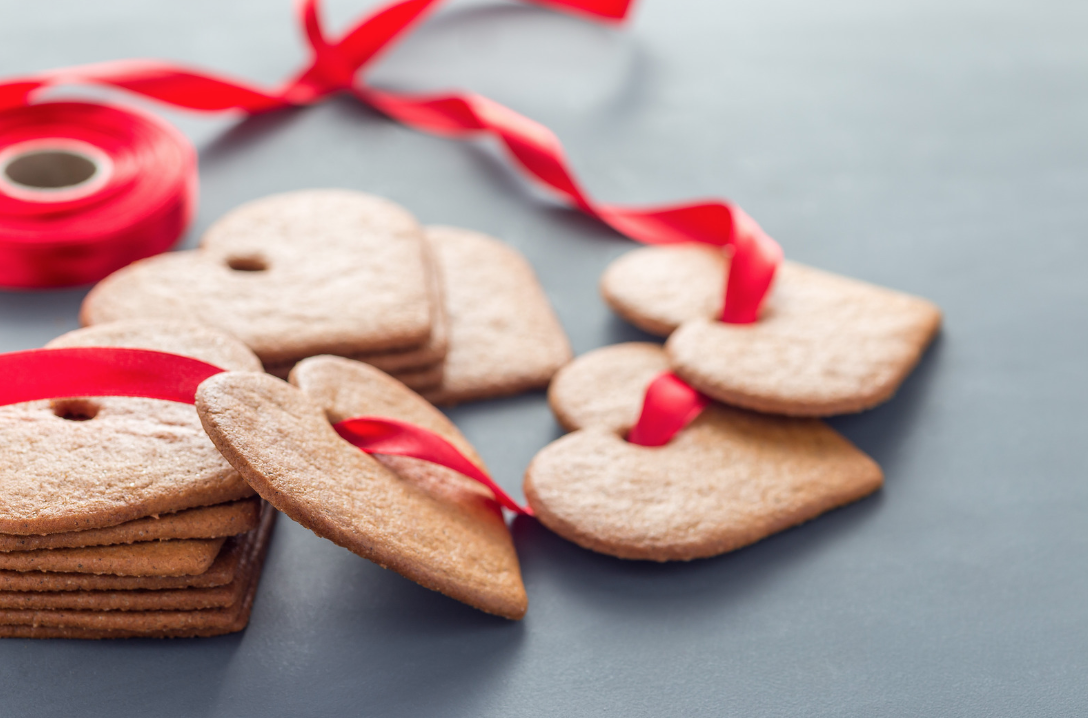
Swedish Christmas gingerbread cookies Pepparkakor
5. Chokladbollar
Chocolate balls, also known as chokladbollar, are a popular Sweden traditional confection that easily fulfills your sweet tooth. These no-bake treats are little balls and dusted with coconut flakes. The main ingredients are rolled oats, sugar, butter, and cocoa powder.
Both adults and children adore these chocolate balls that require no baking. They are proof of how easy and delicious Swedish food can be.
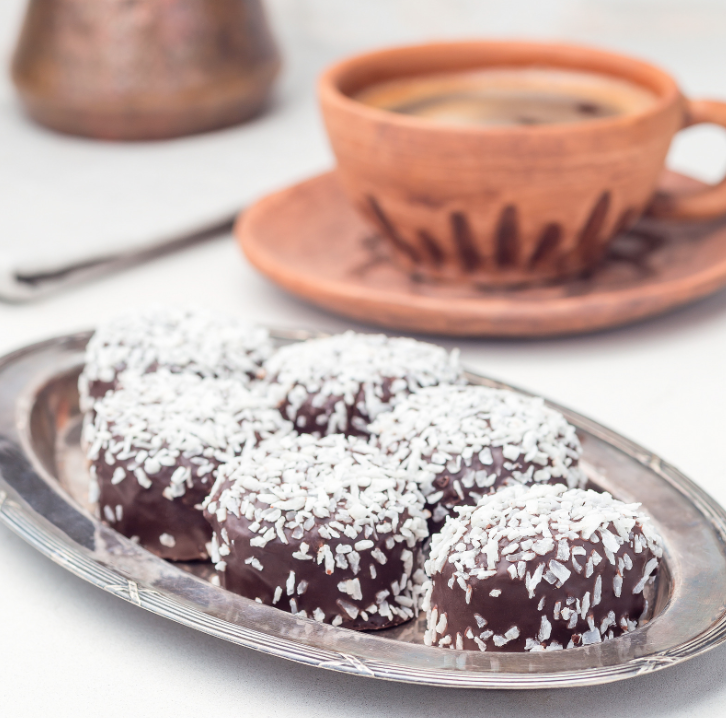
Chokladbollar – Swedish sweets chocolate balls
6. Kladdkaka
The name of this popular Swedish treat, kladdkaka, means “sticky cake” in English. With its delicious blend of rich cocoa and creamy butter, this oozy and rich chocolate mud cake has won over many hearts.
Its crunchy outside gives way to a fudgy, moist middle, resulting in a delicious texture contrast. Kladdkaka, which sometimes goes with whipped cream or powdered sugar, is a delectable treat that pleases all chocolate lovers.

Kladdkaka – Sticky chocolate brownie cake
7. Lussekatter
Lussekatter, also known as saffron buns, give out a warm, inviting scent and a golden color during Sweden’s holiday season. These delicious pastries, shaped into classic “S” or “Lucia” shapes, are a mainstay of Lucia celebrations on December 13.
Saffron-infused, they have a unique flavor that is slightly sweet and aromatic. Lussekatter evokes the charm of Swedish Christmas customs while pleasing the palate and bringing a little sparkle to homes and parties.

Lussekatter – Traditional Swedish Christmas buns
8. Rabarberpaj
Rhubarb pie, also known as Rabarberpaj, is a traditional Swedish delicacy that honors the rhubarb’s seasonal goodness. The pie has a crisp, buttery crust, and is full of tart rhubarb bits that sometimes have a hint of sweetness from sugar or vanilla.
There’s a nice contrast in flavor between the sweet pastry and the sharp rhubarb. It creates a pleasing fusion of flavors and textures when eaten warm with a scoop of vanilla ice cream or a dab of whipped cream. A real Swedish delicacy, Rababerpaj embodies summertime in every mouthful.
>> See more : Classic Sweden traditional dishes you need to try

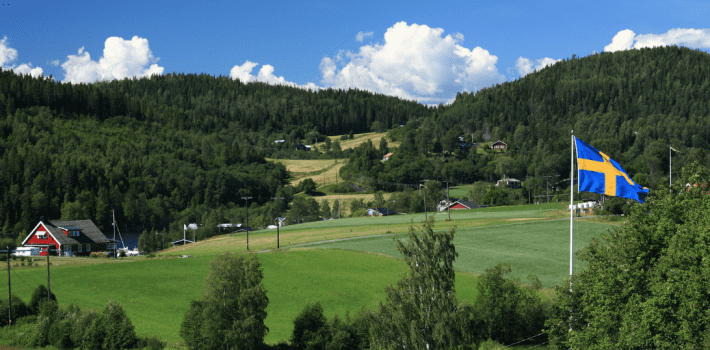
Leave a Comment